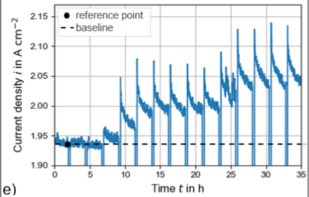Earthquakes occur as a result of a build up of pressure between colliding sections of the Earth's crust. These sections, known as continental plates, meet at "fault lines". According to classical earthquake theory, small earthquakes should continue to grow into large earthquakes until they spread all along the fault line. However, cities such as San Francisco and Tokyo experience lots of small earthquakes that do not grow into large ones. Geologists believe that this is because regions in the fault line act as barriers to the shock waves and gradually damp down the earthquake. Now a group of US physicists has used equations describing charge density waves in superconductors to create a model of a fault zone. Their model seems to successfully predict the stress and statistical patterns associated with earthquakes (J Rundle et al 1998 Phys. Rev. Lett . 80 5698).
The barriers found on fault lines are usually regions in which a strong pinning force reduces the movement of the plates. However geologists cannot define the position of these barriers around the fault lines. Rundle et al . use a ‘stochastic Griffith theory’ to statistically calculate the distribution of barriers, and thus predict if it will arrest an earthquake or not. The Griffith theory of tensile fracture suggests that the growth of a crack in a material – which is what an earthquake is – is determined by factors such as surface energy, friction and elastic energy of the material. The crack only becomes bigger when the energy needed to separate the crack tip is greater than the energy released upon the growth of the total surface area. Their theory includes a term which represents an additional energy sink that arises from the barriers.
Computer simulations by Rundle et al. show a series of “earthquake cycles” – including foreshocks, a main shock and aftershocks – that are similar to what is observed in “real” earthquakes.



